Position Statement: Equine per rectal ultrasound pregnancy diagnosis
Policy type: Position statement
Status: Current
Manual Reference:10f
Date ratified: February 2017
Position statement
The New Zealand Equine Veterinary Association maintains that examination of the horse per rectum either by manual palpation or ultrasound should be considered a significant surgical procedure and should only be performed by veterinarians.
Background
There is evidence that non-veterinarians have for some time been using per rectum ultrasound equipment as a means of pregnancy diagnosis in the mare. With the recent proliferation of non-veterinary scanners in the dairy industry, the services are being offered more widely: across species (bovine to equine), breeds (Standardbred to Thoroughbred), ownership (personal to paying customers) and geography (New Zealand-wide). While the benefits of ultrasound are beyond doubt, the use of this modality per rectum is fraught with danger.
Support for this position comes from multiple sources including:
- the unique biology and temperament of the horse
- a consensus of practical opinions from our most experienced senior members
- a review of position statements on the subject from other international authorities.
The biology and temperament of the horse
Those with experience recognise that the procedure of per rectum palpation is more hazardous in horses than in cattle for several reasons. Not to be underestimated is the potentially fractious nature of some mares, particularly maiden mares, who may not take kindly to this procedure. A mare can exert considerably more rectal and abdominal pressure on the operator’s arm than a cow, and occasionally a mare will lose its sense of calm completely and react quite violently. Extensive training, experience and good judgement is required to know how long to persevere with such animals, and chemical restraint is frequently necessary to allow safe examination. Furthermore the bowel of the mare is more delicate and consequently more easily perforated than that of the cow.
When an ultrasound probe is introduced into the rectum by hand, the situation is known to be even more potentially hazardous. Even amongst veterinarians this procedure is generally left to those who have special skills in equine reproduction. The lack of any tactile information around the probe considerably increases the risk of rectal perforation in an untrained hand. The use of a rigid metal or plastic rod to guide the probe (ie. unguided by the hand), as is commonly used by non-veterinary scanners in cows, presents an extreme risk in terms of potential rectal perforation and is not acceptable practice in the broodmare.
A consensus of experienced practical opinions
The horse is known to be particularly sensitive to peritoneal contamination compared with other species, and even small abrasions to the bowel can lead to severe peritonitis, shock and death. Essential credentials before performing per rectum examinations in the horse include a solid knowledge of anatomy, physiology and pathology of the abdomen, the gastrointestinal tract (terminal portion at least) and the reproductive tract. Without adequate knowledge, training and experience in per rectum examinations the potential for rectal perforation must inevitably be increased.
The majority of rectal injuries are difficult to diagnose both in terms of presence (i.e. is there damage or not?) and significance (is immediate emergency treatment required or not?). These questions can really only be answered by a veterinarian. Experience indicates that untrained operators are unlikely to realise that perforation has occurred and that the damage is often discovered at post mortem two or three days later – hardly an acceptable animal welfare scenario. Even if the untrained operator realises his/her mistake, it is debatable whether an adequate response could be organised. Time is of the essence in these situations to minimise faecal contamination of the abdomen that begins as soon as the injury occurs. The horse is absolutely unforgiving in this situation and even an instant response by a veterinarian on the spot stretches what is clinically possible. For these reasons per rectum examination of the horse is not a procedure that should be attempted by non-veterinarians.
Position statements on the subject from other international authorities
The position taken by most authorities from other countries faced with this same problem is quite clear. The per-rectum examination of horses for pregnancy by palpation with or without ultrasonography is a significant veterinary/surgical procedure to be performed only by licensed veterinarians to the exclusion of all others (UK and most provinces of Canada). In many cases this position has been incorporated into the laws of the country or state concerned. These lawmakers have enforced the legislation to the letter and successful prosecutions upholding the law are known to have occurred (Saskatchewan, Canada). As in New Zealand, other countries are still struggling with this dilemma. We hope that this position statement is a step in the right direction and will provide clear guidelines in the legislative process.
